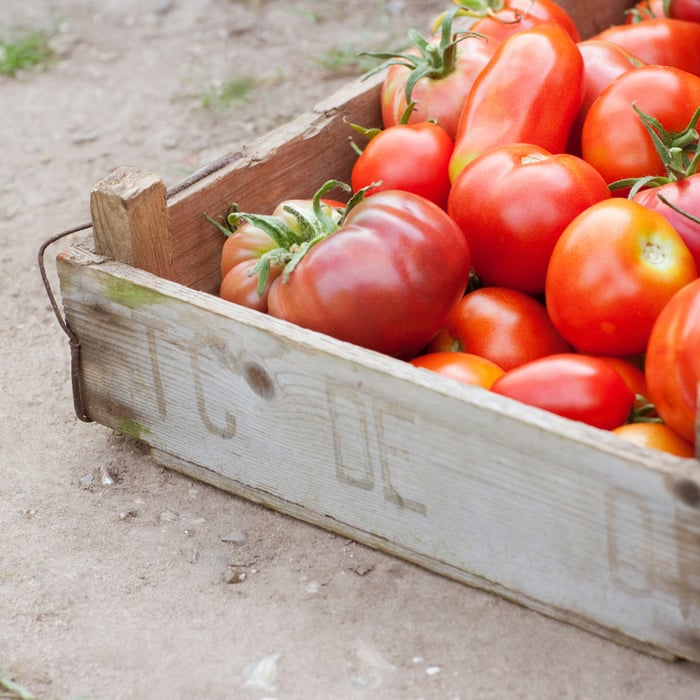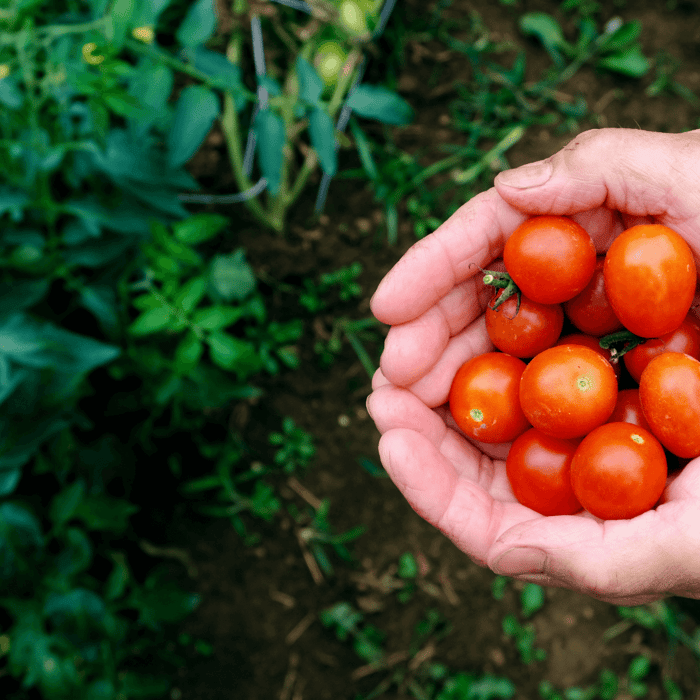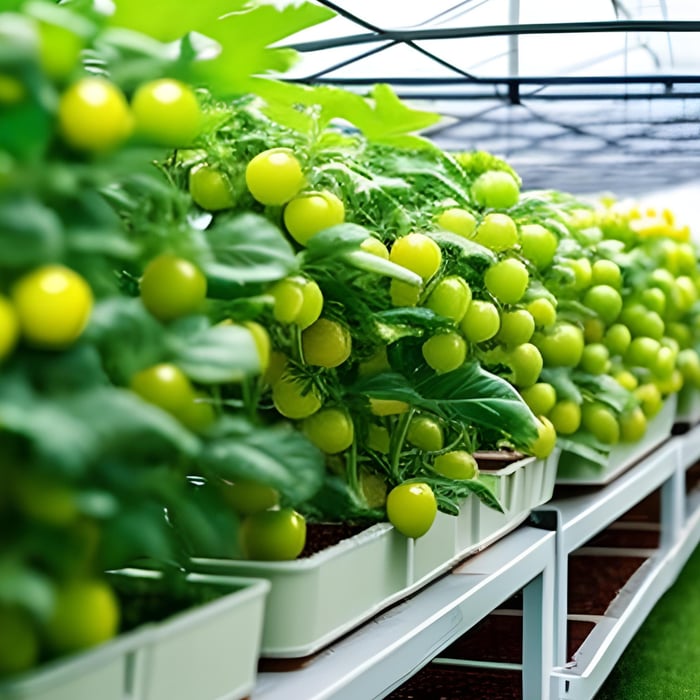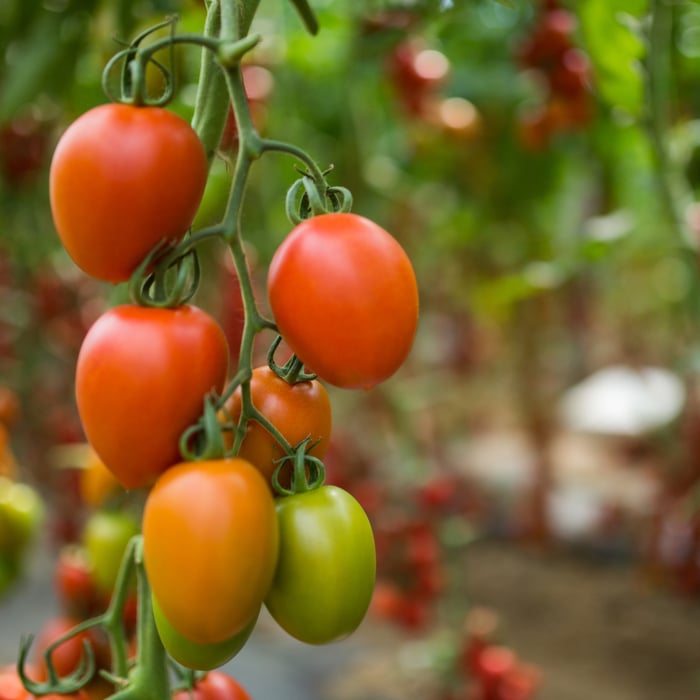Growing tomatoes indoors from seeds can be a rewarding experience for indoor gardeners, especially for those with limited outdoor space or living in colder climates. With the help of tomato growth lights, such as full spectrum LED and high-pressure sodium (HPS) lamps, you can grow tomato plants indoors and enjoy fresh, homegrown produce all year round. In this article, we will discuss the steps of how to grow tomatoes indoors with lights, using artificial light sources, the best tomato varieties to choose from, and tips to maximize flowering and fruiting.
- Choosing the Right Tomato Varieties
When growing tomatoes indoors, it's essential to choose the right tomato varieties to ensure successful growth and produce fruit. Look for compact or dwarf varieties that are well-suited for indoor plants, such as 'Tiny Tim,' 'Window Box Roma,' and 'Tumbler.' These varieties are smaller in size, making them ideal for indoor gardeners with limited space.
- Starting with Tomato Seeds
To begin growing indoors, you will first need to obtain tomato seeds. Tomato seeds can be purchased from local nurseries or online seed retailers. Sow the tomato seeds in small pots or seed trays filled with a high-quality, well-draining potting mix. Keep the soil consistently moist but not waterlogged, and place the containers in a warm area with natural light until the seedlings emerge.
Tomato Seed Assortment | 8 Variety Pack
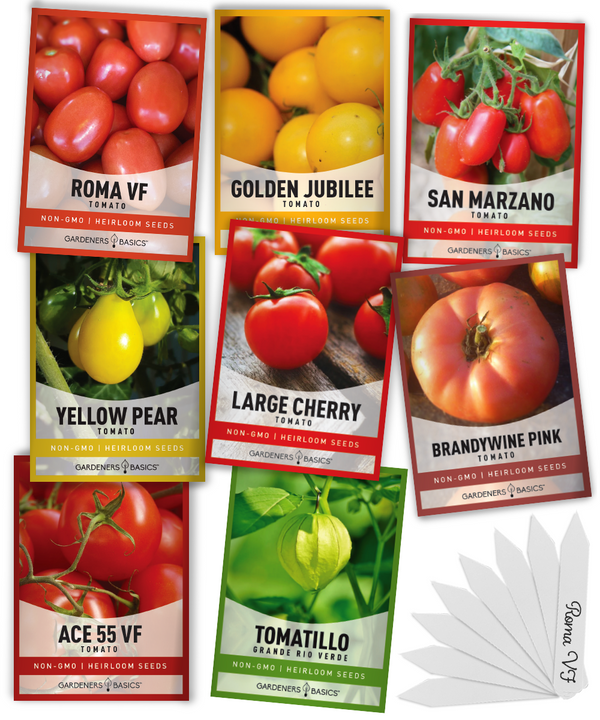
$15.95
8 Tomato Seeds Variety Pack – Heirloom, Non-Hybrid, Open-Pollinated, Non-GMO – Perfect for Home Gardens! Unlock the secrets to a thriving tomato garden with our premium 8 Tomato Seeds Variety Pack! Carefully curated for tomato lovers and gardening enthusiasts alike, this… read more
- Preparing Your Indoor Garden Space
Before transplanting your tomato seedlings, prepare your indoor garden space. Choose a location with access to natural light, such as a south-facing window, to supplement the artificial light source. Make sure the area has good air circulation and is free from drafts or temperature fluctuations, as these can hinder tomato grows.
- Transplanting Seedlings
Once your tomato seedlings have developed at least two sets of true leaves, they're ready to be transplanted into larger pots. Gently remove the seedlings from their initial containers and transplant them into pots filled with a high-quality potting mix. Be sure to bury the stem up to the first set of leaves to encourage a strong root system.
- Selecting the Right Grow Lights
To grow tomato plants indoors, you will need an artificial light source to supplement the natural light. Two popular choices for tomato grow lights are full spectrum LED and high-pressure sodium (HPS) lamps. Full-spectrum LED lights are energy-efficient and emit a balanced light spectrum, which encourages both vegetative growth and flowering and fruiting. HPS lights are more powerful and provide intense light, but they can generate more heat and consume more electricity. Choose the type of light that best fits your needs and budget.
Heirloom Tomato Seeds for Planting | 16 Variety Pack
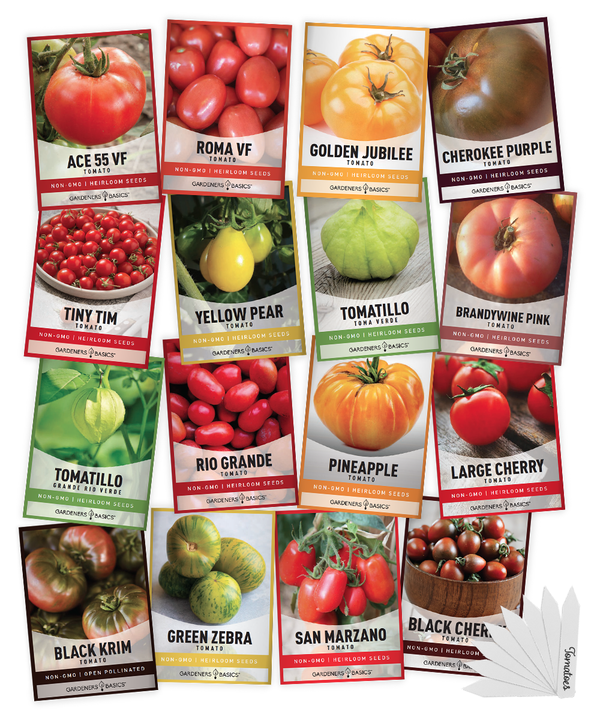
$19.95
The Ultimate Tomato Seed Variety Set - 16 Heirloom, Non-GMO Tomato Varieties for Your Home Garden Introducing our 16 Tomato Seeds Variety Pack, a must-have collection for any gardening enthusiast or professional grower! This premium seed assortment includes a diverse selection… read more
- Setting Up Your Grow Lights
Position your tomato to grow lights 12 to 18 inches above the plants and adjust the height as the tomato grows. Set a timer to provide 14 to 16 hours of light per day, followed by 8 to 10 hours of darkness. This will mimic natural sunlight conditions and promote healthy growth.
- Watering and Feeding Your Indoor Tomato Plants
Keep the potting mix consistently moist but not waterlogged. Water your tomato plants when the top inch of the soil is dry, taking care not to overwater. Overwatering can lead to root rot and other issues. Provide your indoor plants with a balanced, water-soluble fertilizer every two weeks to ensure they receive the necessary nutrients to grow and produce fruit.
Vegetable Seed Vault Kit | 35 Variety Pack

$29.95
$49.95
Ultimate Survival Seed Vault: 16,000+ Non-GMO Heirloom Vegetable Seeds for Emergency Preparedness Introducing the Seed Vault Kit, your all-in-one solution for emergency preparedness and sustainable gardening. This premium seed kit contains over 16,000 non-GMO, Heirloom, Non-Hybrid, and Open Pollinated seeds,… read more
- Pollination and Flowering
To promote flowering and fruiting, gently shake the plants or use a small paintbrush to transfer pollen between flowers. This simulates the natural pollination process that would occur outdoors. Regular pollination helps increase the chances of successful fruit production.
9. Harvesting Your Tomatoes
As your indoor tomato plants begin to flower and produce fruit, keep a close eye on the ripening process. Tomatoes are typically ready to harvest when they have reached their full color and are slightly firm to the touch. Gently twist or snip the fruit from the vine to avoid damaging the plant. Depending on the variety, your tomatoes may ripen at different times, so check your plants regularly to ensure a timely harvest.
- Pruning and Supporting Your Tomato Plants
To maximize airflow and light penetration, prune your indoor tomato plants by removing any dead or yellowing leaves and pinching off any small, non-fruit-bearing branches. This will redirect the plant's energy towards fruit production. Provide support for your tomato plants by using stakes, cages, or trellises to prevent the plants from becoming top-heavy and collapsing under the weight of their fruit.
- Troubleshooting Common Indoor Tomato Growing Problems
Growing tomatoes indoors can present some unique challenges. Be vigilant in monitoring your plants for common issues such as pests, nutrient deficiencies, and diseases. If you notice any issues, address them promptly to prevent further damage to your plants. Regularly inspect your plants for pests like aphids, whiteflies, and spider mites. If you find any, treat the affected plants with insecticidal soap or neem oil.
- Enjoying Your Indoor Tomato Harvest
Once you've successfully grown and harvested your indoor tomatoes, it's time to enjoy the fruits of your labor. Use your fresh, homegrown tomatoes in salads, and sauces, or simply enjoy them on their own. Growing tomatoes indoors with lights can be a fulfilling and enjoyable experience, providing you with fresh, delicious produce all year round.
Conclusion
Growing tomatoes indoors with lights is an excellent option for indoor gardeners looking to enjoy fresh, homegrown produce without access to an outdoor garden. By selecting the right tomato varieties, setting up a proper growing environment, and providing your plants with the appropriate care and attention, you can successfully grow tomatoes indoors and enjoy the fruits of your labor all year round. Don't forget to utilize full spectrum LED or high-pressure sodium (HPS) lights to ensure your plants receive the light they need to thrive and maintain a consistent watering schedule to keep the soil moist but not waterlogged. With patience, persistence, and care, you'll soon be enjoying fresh tomatoes grown right in your own home.
We offer a large selection of tomato seeds that are perfect for you to try growing indoors.
Check out our complete growing guide on how to grow tomatoes too!
Rare Tomato Seeds | 5 Variety Pack
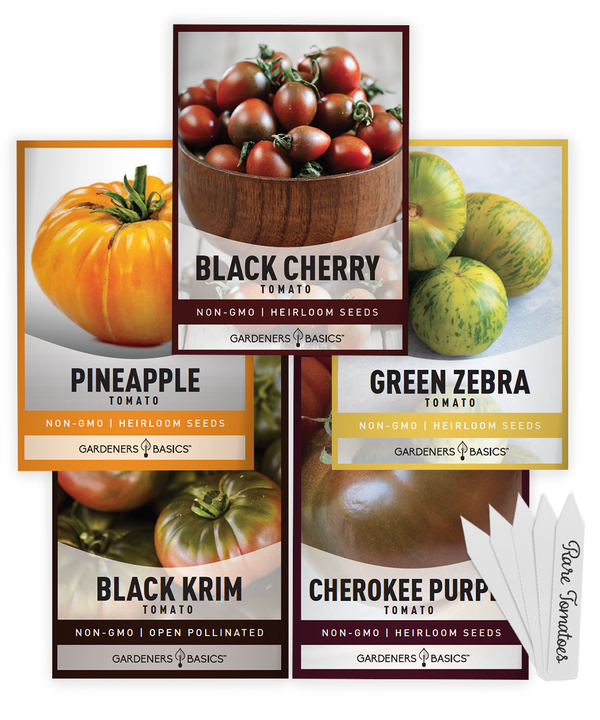
$9.95
Grow Unique Tomatoes: 5 Rare Tomato Seeds Collection for Your Garden Introducing our 5 Rare Tomato Seeds Variety Pack, a must-have for every tomato lover and avid gardener! This premium collection features a curated selection of rare heirloom tomato seeds to… read more



